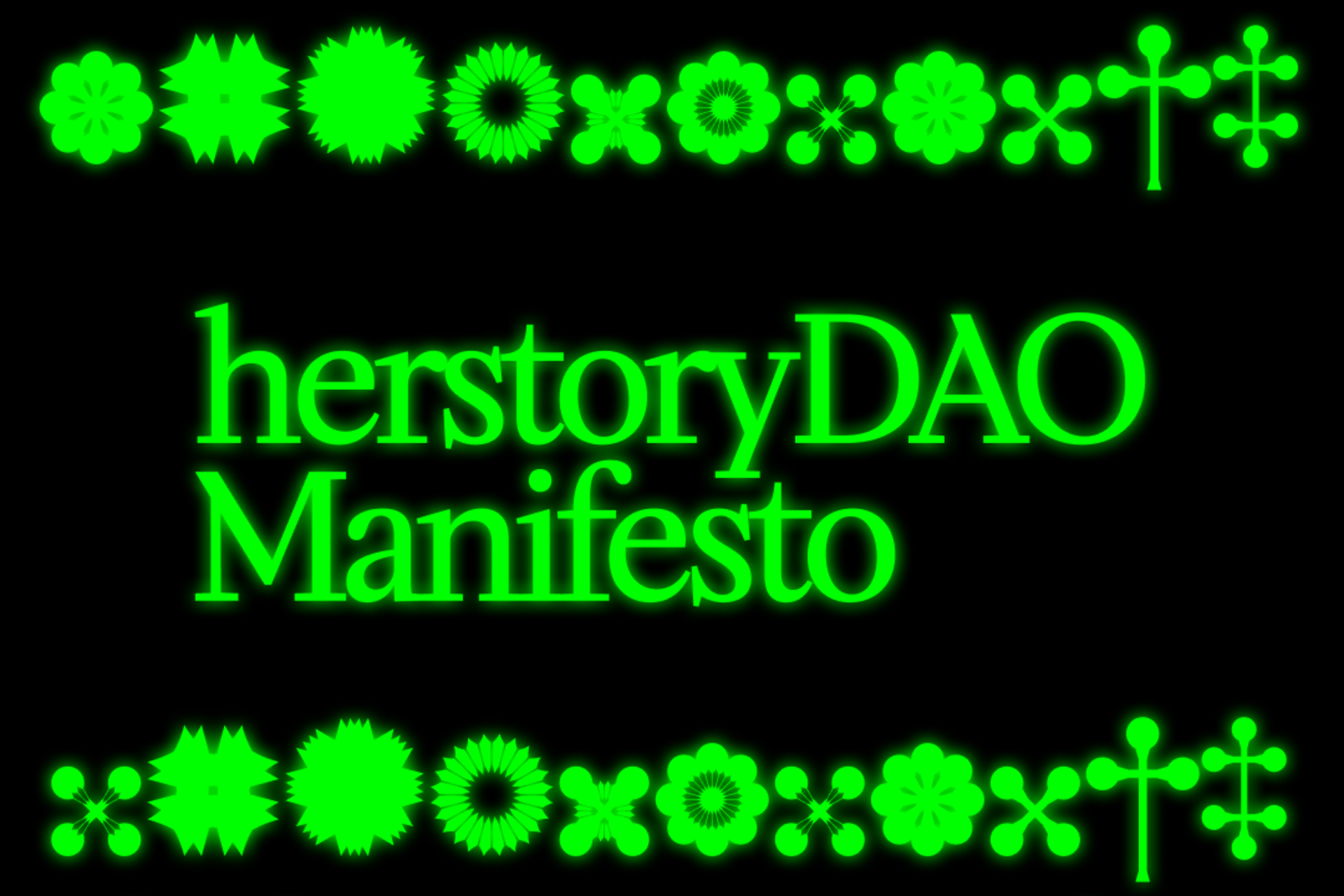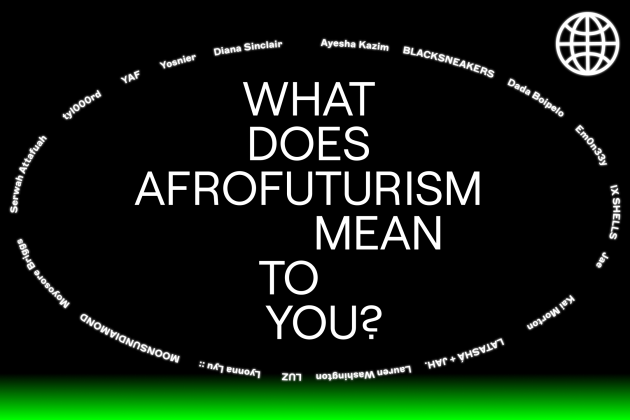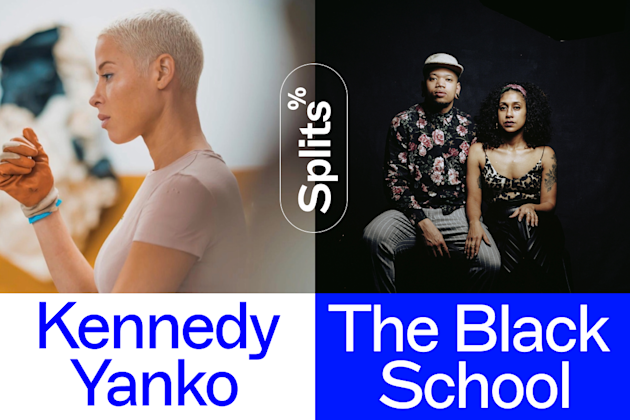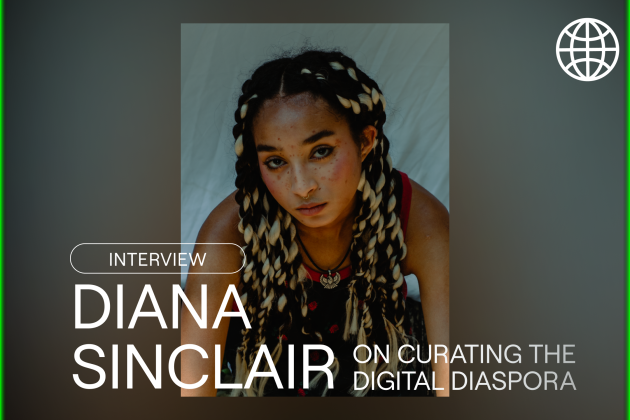herstoryDAO Manifesto

“We are unraveling our navels to ingest the sun. We are not afraid of the darkness. We trust that the moon will guide us. We are determining the future at this very moment. We know our heart is the philosopher’s stone. Our art is our alchemy.” —Saul Williams
There are few times in history where we have been as primed for a revolution as we are now. Perhaps we can liken today to the civil rights and humanist psycho-spiritual awakening of the 60s. After decades of disenfranchisement and invention-by-necessity, we have engineered our way to the edge of a new era. Finally, the technology that begets art, and the art that begets new technology, have intersected in such a way so as to bring the collective back to where we began. Our afrofuturist dreamscape—known formally as the metaverse, but to the Diaspora as the realm of our futures and ancestors—is just beyond the horizon. Now, we have in our toolbox the ability to construct freedom and agency for ourselves and all peoples of the metaverse. And, if we all choose, to create a metaverse emancipated from the structures that govern the old world.
We are on the precipice of a revolution to ensure the preservation, longevity, and amplification of Black femme NFT creators. herstoryDAO exists to ensure that the metaverse we are actively helping to architect with our contributions, collections, and experiences is an equitable space—forever. We are calling for a revolution to reimagine how our work is valued, and how our rich cultural networks are amplified and monetized. We are calling for a revolution to reclaim our power, and to make the metaverse truly free for everyone that dares to leave their mark as sovereign creators. —herstoryDAO, June 2021

Eileen Isagon Skyers: Could you talk to me about the origins of herstoryDAO? How did the DAO form, and how did you begin thinking about the relationship between Black crypto artists, their artwork, and blockchain provenance?
Cyn Bahati: I think from the moment I entered into this space, I was thinking about blockchain provenance. I was always thinking about what it would mean to make work that could not only outlive us—because what art in essence does is outlive us—but to be profitable, and fruitful, for as long as it’s in existence and circulation—and what that would mean for Black identity and Black futures. I was always thinking through that philosophical lens. I was inspired by a poem by Latasha, the crypto rapper and all-around multi-disciplinary artist, who released a poem that really spoke to me. And her poem affirmed so much for me, and it gave me so much light, that I knew instantly that I wanted to have it. I knew that I deserved it, and that it was meant for me, but didn’t have the funds to give her the contribution that I felt she deserved. Two or three weeks prior, I had interviewed pplplsr on an NFT panel, so I had a little understanding of DAOs from my conversation with her, and how pleaserDAO acquired her work. And I was intrigued by that—it reminded me of living in Kenya when I was young, and the way things were shared, and funds were allocated toward families and communities. It resonated with me, and when I saw the piece, the word DAO just flashed in my mind. herstoryDAO formulated really quickly from this desire to own this work for myself, and for my community—and for the Black women that are going to come after us in this space.
Eileen: As I understand it, herstoryDAO exists to help re-architect the space of crypto, tech, and contemporary art—spaces that have historically marginalized Black creatives and Black femmes. Can you share more about your mission moving forward?
Cyn: So we break it down into three pieces. There’s the incubation piece, which is necessary for all artists, but particularly necessary for the space that we’re in now. Incubation is all about fostering community; this space is different, and the incubation is different. There’s a lot of room for education, and exploration, and we want to give that to the members of our DAO, and to the community at large. We’re an artist-led collective, with innovative artists, like Ixshells, who’s leading the way for generative art, and Lauren Washington, who’s a filmmaker and photographer breaking barriers of storytelling. We want to come up with ideas for storytelling through this new medium—so that’s the incubation pillar.Then there’s the collecting part, like when we collected the Queen of Sheba piece. There’s a real ethos to the inaugural collection, namely, to collect the work of outstanding Black women in the space, and work that speaks to us as a collective. We wanted to set a precedent with the collection of that piece, because she had a very strong story, and we know the collection will live beyond us.
The final pillar is what we’re doing now with The Digital Diaspora, which is curating. The exhibition is curated by Diana Sinclair, who is a phenomenal founding member of the DAO. There is still an IRL aspect of the metaverse that is untouched, but we want to bridge the gaps, do more exhibits, and amplify and celebrate our work.
Eileen: How did you first enter crypto? I know for a lot of Black women, and artists of color, visibility has been regarded as something important—to see others like them in the space telling their own stories, and dictating their own narratives.
Cyn: I entered crypto in the DeFi sector, actually. My mom works in finance, and she got me a job at a bank, so I got into finance which wasn’t what I wanted for myself—I was really craving something transcendental. I got into conversation with a friend who was an engineer, who introduced me to the blockchain. I was so intrigued with this world, and I really fell in love with the blockchain, and what third world countries were doing with it, and the use cases for it.
Eileen: I’m curious about the way you describe the protocol as something built on ancient principles of “tribal ownership”—could you expand on that?
Cyn: When I first heard of a DAO, my immediate memory was of living in Kenya with my grandparents, and living in a community far-removed from how we define a community in the Western world. Neighbors know each other, and gather together, and commune together. They share things in a way that is ancestral, in a way that supports the longevity of that community and its well-being. That’s really what it stems from. It’s from my cultural origins of family, and networks of allocation for public and community goods.
Eileen: What do you hope the future of the metaverse will look like, given the early adoption and involvement of herstoryDAO and other Black, feminist, queer, POC and creative communities?
Cyn: I’m not going to pretend that the future which I hope for will necessarily come about easily, or without resistance and struggle. I don’t want to be pretentious and assume that we’ll automatically be in a utopian dream world. But I do think it serves me as a visionary, and as someone who hopes to be a leader in this space, to be blissfully intoxicated with this idea of ultimate freedom, and freedom of expression. In the DAO, we talk a lot about Afrofuturism, and about Black futures, and about the metaphysical, because I feel that to be in this space so early is quite metaphysical. We are literally at this intersection of art—which stems from the heart—and technology. So it’s all of those things coming together. And it’s useful for me to believe and hope for the best.
herstoryDAO Manifesto Reading List for Sovereign Creatives:
Sovereign individual by James Dale Davidson
Towards a Philosophy of Blockchain by Melanie Swan
NEW VALUES for a new creative economy by Lindsay Howard
Read more

What does Afrofuturism mean to you?

Kennedy Yanko Splits with The Black School
